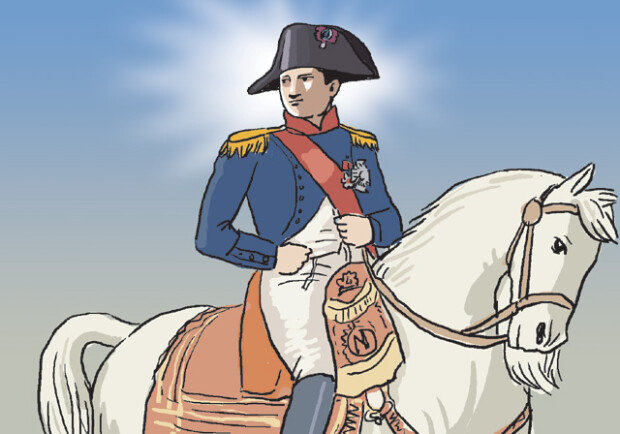Target weak links like Napoleon
Target weak links like Napoleon
Posted February. 18, 2020 08:44,
Updated February. 18, 2020 08:44

Gen. Napoleon Bonaparte was appointed commander-in-chief of the French Army of Italy in 1796 at the age of 26. He was much younger and inexperienced than his division commanders. His only real war experiences were commanding the artillery as the captain in Toulon three years ago, launching an attack with about 8,000 soldiers and firing cannons at civil troops in Paris. The coalition of Italy and Austria were based in rough and fortified terrain, leaving no chance for his small depleted army to win. His soldiers were greatly outnumbered and poorly armed. To win a war in this situation requires skills and determination of soldiers, which he also lacked unfortunately.
His army, which was formed after the French Revolution, was willing to fight but was barely trained and poorly supplied to the point where such basic items as army boots were not provided. Bonaparte placed his troops between Austrian and Italian armies, a gesture that invites enemies from both sides to launch an attack. And this is exactly what happened. As Austrian and Italian troops advanced to the center, Bonaparte’s army moved swiftly to conquer each separately. They attacked Austrians from the right and Italians from the left, the weakest point of any army. Sandwiched between two enemies, Bonaparte was at the risk of being attacked by the two armies. However, the young general took turned this crisis into an opportunity to attack his enemies from the sides.
The key to his strategy was to identify a critical spot and hit it hard. Bonaparte saw the border between Austrian and Italian armies as a critical point or weak links where two different corps or divisions meet. Sometimes, we know exactly what we are supposed to do but fail to do it because of our stubbornness or selfishness. Putting what we already know into action is more difficult than learning something new.
Headline News
- Med professors announce intention to leave hospitals starting Thursday
- Bridge honoring Sgt. Moon Jae-sik unveiled in Pennsylvania
- Chief of Staff Chung tells presidential secretaries to stay away from politics
- US FTC bans noncompete agreements
- N. Korea launches cyberattacks on S. Korea's defense companies







